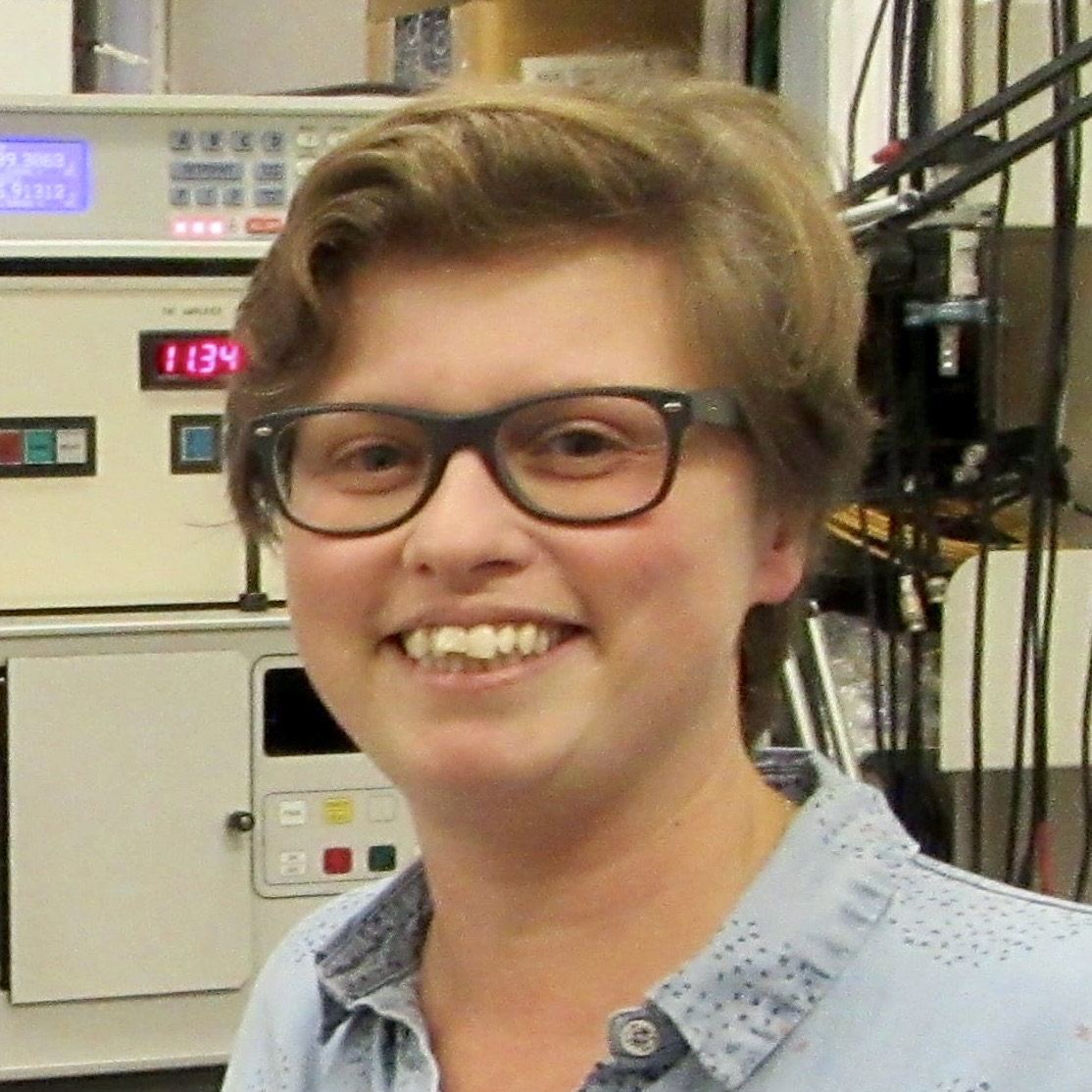You are not currently logged in. Please create an account or log in to view the full course.
Atomic Structure
- About
- Transcript
- Cite
Properties of Matter
In this course, Dr Janet Lovett (University of St Andrews) explores properties of matter. Throughout this course, we present 14 demonstrations. In the first mini-lecture, we discuss atomic structure and look specifically at what makes up the elements (protons, neutrons, and electrons), models of the atom, energy levels, and element emission spectra. In the second mini-lecture we explore the discovery of the electron, focusing on a series of demonstrations that illustrate J.J. Thomson’s cathode ray experiment and how electron charge was first determined. The third mini-lecture turns towards nuclear physics, where we discuss nuclide stability, mass and energy, binding energy per nucleon to understand nuclear fusion and fission, and radioactivity. In the fourth mini-lecture, we take a step back from atoms to consider matter as a whole, specifically discussing the phases of matter, and how pressure and temperature affect these phases. In the fifth mini-lecture, we explore the relationships between pressure, volume, temperature, and number of particles before introducing the ideal gas law. In the sixth mini-lecture, we look at the forces between particles and how they interact in a substance.
Atomic Structure
In this mini-lecture, we introduce atomic structure, focusing in particular on: (i) the atomic structure of the hydrogen atom, through which we introduce the proton, neutron, and electron; (ii) isotopes of elements; (iii) a brief interlude on the fundamental particles of nature from the Standard Model; (iv) models of the atom, including the Plum Pudding Model and the Nuclear (or Solar System) Model: (v) Ernest Rutherford’s gold foil experiment that tested the Plum Pudding Model and showed that the Nuclear Model was more accurate; (vi) a demonstration of the gold foil experiment; (vii) the emission spectra of elements, specifically that of hydrogen known as the Balmer series; (viii) a hydrogen lamp that illustrates the Balmer series; (ix) orbits of electrons and how electrons move between energy levels; and (x) atomic subshells.
Cite this Lecture
APA style
Lovett, J. (2022, January 12). Properties of Matter - Atomic Structure [Video]. MASSOLIT. https://massolit.io/courses/properties-of-matter/atomic-structure
MLA style
Lovett, J. "Properties of Matter – Atomic Structure." MASSOLIT, uploaded by MASSOLIT, 12 Jan 2022, https://massolit.io/courses/properties-of-matter/atomic-structure

